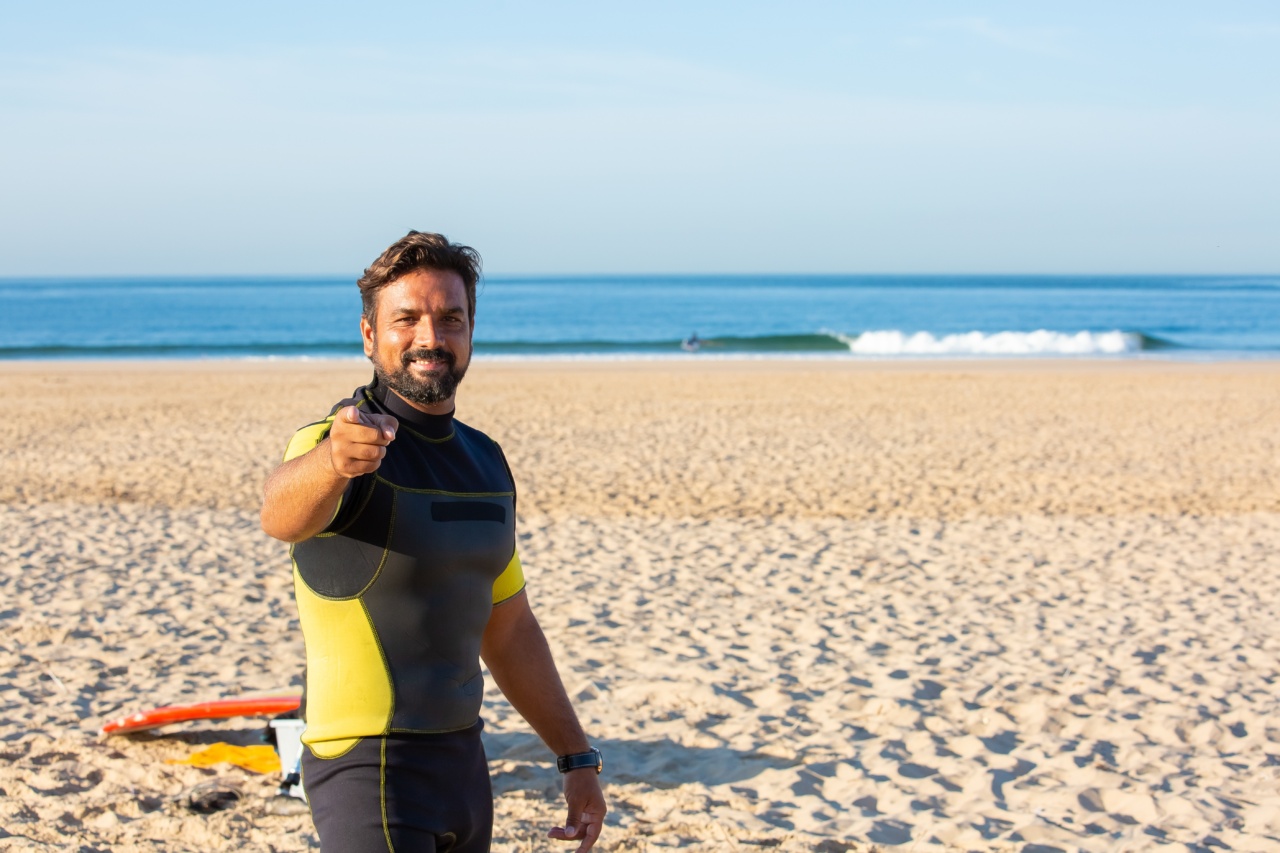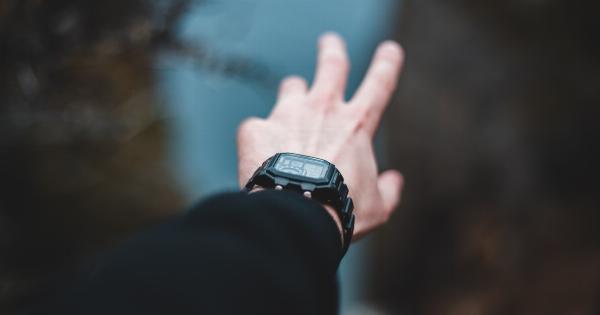Participating in water sports can be an exhilarating and enjoyable experience. However, like any physical activity, water sports come with a certain level of risk. Despite taking necessary precautions, injuries can still occur.
It is crucial to be prepared for such situations to ensure your safety and well-being. This article provides a comprehensive guide on what to do if you get injured during water sports.
1. Assess the Severity of the Injury
The first step after sustaining an injury is to assess the severity of the situation. Determine if the injury is minor or requires immediate medical attention.
Some injuries can be managed with basic first aid, while others may necessitate professional help.
2. Move to a Safe Area
If possible, move yourself or the injured person to a safe area away from any potential danger in the water. This could be the shore or a stable floating object. Avoid further injury by avoiding rough waves or sharp objects.
3. Control Bleeding
If there is bleeding, apply direct pressure to the wound using a clean cloth or your hand. Elevate the injured area, if applicable, to help slow down the bleeding. If the bleeding is severe and cannot be controlled, seek immediate medical help.
4. Treat Minor Wounds
For minor cuts and scrapes, clean the wound gently with fresh water to reduce the risk of infection. Apply an appropriate bandage or dressing to protect the wound from further exposure.
5. Immobilize Suspected Fractures
If you suspect a bone fracture, avoid moving the injured area to prevent further damage. Immobilize the affected limb or joint by using splints, slings, or any available materials until professional medical help can be reached.
6. Manage Sprains and Strains
For sprains or strains, apply the R.I.C.E. method: rest, ice, compression, and elevation.
Rest the injured area, apply ice wrapped in a cloth for 15-20 minutes every few hours, use a compression bandage to reduce swelling, and elevate the affected limb to minimize pain and inflammation.
7. Seek Medical Help
If the injury is severe or there are signs of a concussion, loss of consciousness, difficulty breathing, or other serious symptoms, seek immediate medical help. Call emergency services or go to the nearest hospital.
Professional medical assistance is vital for comprehensive evaluation and necessary treatment.
8. Follow the Advice of Medical Professionals
Upon seeking medical help, follow the advice and instructions provided by the healthcare professionals. They will guide you through the necessary treatments, medications, and precautions.
Be sure to ask any questions or concerns you may have to ensure proper recovery.
9. Rest and Allow Proper Healing
After an injury, it is important to allow your body time to heal. Rest the injured area and avoid participating in water sports or any strenuous activities until you are fully recovered.
Rushing the healing process may lead to further complications or reinjury.
10. Learn from the Experience
Take the opportunity to reflect on the incident and learn from it. Understand what caused the injury and take necessary measures to prevent similar accidents in the future.
This could include improving your swimming skills, revisiting safety guidelines, or using appropriate safety gear.
Injuries during water sports can be unexpected and potentially serious. It is essential to be prepared and know what steps to take if you or someone else gets injured.
Assess the severity of the injury, move to a safe area, control bleeding, treat minor wounds, immobilize fractures, manage sprains and strains, and seek professional medical help for severe injuries. Follow the advice of medical professionals, rest properly, and learn from the experience to prevent future incidents.
By being vigilant and taking necessary safety precautions, you can minimize the risks associated with water sports and enjoy them to the fullest.































